Blogs & News
We are focus on automotive wiring harness & connectors technology.
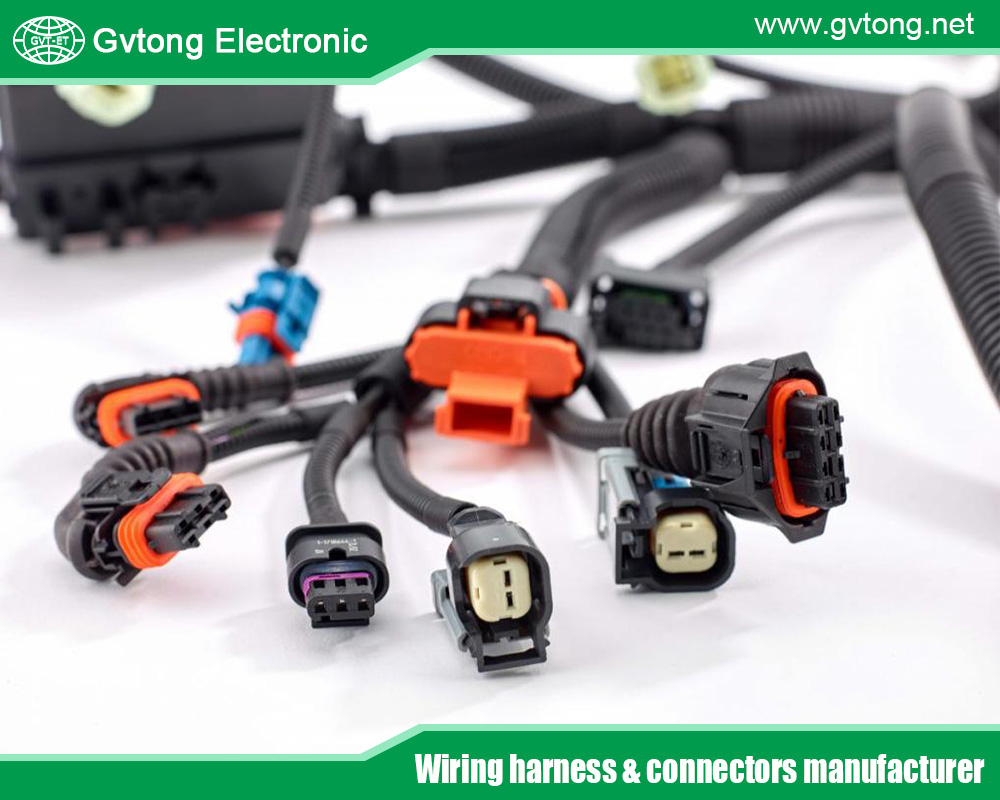
How do automotive Low voltage connector improve connector durability and immunity to interference?
- Gvtong Electronic
- 2 Pin Way Car Waterproof Electrical Connector, 2p 32p Automotive Connector Terminal Crimping, 4 Pin Connector, auto Connector, Automobile Waterproof Connector, Automotive electrical connectors, automotive Low voltage connector, automotive Low voltage connector company, automotive Low voltage connector factory, Automotive Low Voltage Connector Manufacturer, Automotive Low Voltage Connector Supplier, automotive Vehicle Connector, automotive Wire Battery Terminal Connector, best top 10 automotive Low voltage connector manufacturer in india, best top 10 automotive Low voltage connector manufacturers, Connecting Terminal, Copper Alloy Connector, durable Connectors, electric Connectors Terminal, electrical battery connectors, electrical connector aviation connectors, electrical connectors, electrical wire connector, female electrical wire connector, Latest Design Connectors, new Energy Connectors, plug Auto Electrical Wire Connectors, right Angle Pin Header Pcb Connector, wire connectors electrical
- No Comments
Research suggests automotive low voltage connectors improve durability through robust materials and designs.
It seems likely that features like sealing, corrosion resistance, and vibration tolerance enhance their lifespan.
The evidence leans toward EMI shielding and grounding improving immunity to interference in these connectors.
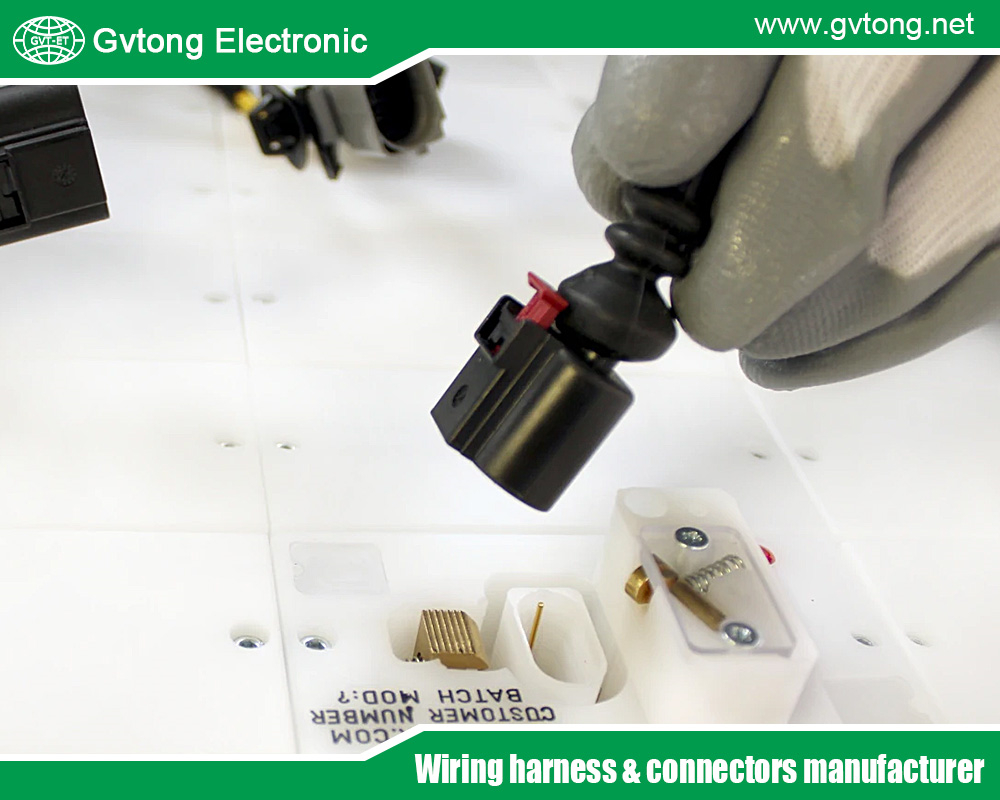
Material and Design for Durability
Low voltage connectors, used in 12V, 24V, or 48V systems like lighting and audio, are built with durable materials like plastic, metal, or thermoplastics (e.g., TPU). These materials resist temperature extremes and chemicals, while designs like tie rods and sealing rings prevent loosening under vibration, ensuring long-term reliability.
Contact and Protection Features
Contacts often use brass or phosphor bronze, sometimes gold- or tin-plated, to prevent corrosion and maintain low resistance. Sealing mechanisms, such as O-rings, and IP ratings (e.g., IP67) protect against moisture and dust, further boosting durability.
Immunity to Interference
These connectors often include EMI shielding, especially for signal transmission, to reduce electromagnetic interference. Proper grounding and low-resistance contacts help maintain signal integrity, crucial for systems like infotainment or sensors.
Comprehensive Analysis of How Automotive Low Voltage Connectors Improve Durability and Immunity to Interference
Selecting automotive low voltage connectors, typically operating at 12V, 24V, or 48V for systems like lighting, audio, and control modules, is a critical decision for ensuring reliable performance in vehicles. These connectors are designed to enhance durability and immunity to electromagnetic interference (EMI), ensuring they can withstand harsh automotive environments while maintaining signal integrity.
Electrical and Mechanical Requirements
The foundation of automotive low voltage connectors lies in their ability to handle low voltage systems while resisting environmental stresses. Research indicates that these connectors must maintain low contact resistance and high insulation resistance, even under vibrations, temperature extremes, and exposure to chemicals, as outlined in resources like Differences Between Car High-voltage and Low-voltage Connectors | CNstamping. For instance, low voltage connectors are designed for stability and reliability in signal transmission, crucial for applications like automotive body control modules and infotainment systems.
Material Selection: Enhancing Durability
The choice of materials significantly impacts durability, with low voltage connectors using a range of substances to withstand automotive conditions:
Thermoplastics and Metals: Materials like polybutylene terephthalate (PBT), polyamide (PA), and thermoplastic polyurethane (TPU) are commonly used for their resistance to chemicals, oils, and temperature extremes. Low voltage connectors often use plastic and metal, suitable for operating voltages like 14V in conventional fuel vehicles.
Contact Materials: Contacts are typically made from conductive materials like brass, phosphor bronze, or beryllium copper, often plated with gold or tin to prevent corrosion. This plating, helps maintain low resistance and prevents fretting corrosion, enhancing durability over time.
These materials ensure the connector can handle the mechanical and environmental stresses of automotive applications, such as engine compartment heat or road vibrations.
Structural Design: Mechanical Stability
Low voltage connectors incorporate structural features to improve durability:
Tie Rods, Sealing Rings, and Shells: As noted in Differences Between Car High-voltage and Low-voltage Connectors | CNstamping, low voltage connectors include tie rods, sealing rings, and shells to ensure mechanical stability. These components prevent loosening or disconnection under vibration, critical in vehicles where constant movement is common.
Terminal Position Assurance (TPA): TPA features ensure contacts remain securely positioned, reducing the risk of intermittent connections due to mechanical stress.
Locking Mechanisms: Secure locking mechanisms, such as twist-locks or dual locking systems, prevent accidental disconnection, enhancing reliability in dynamic conditions.
These designs ensure the connector can withstand the rigors of automotive use, maintaining performance over multiple mating cycles.
Sealing and Environmental Protection
To further enhance durability, low voltage connectors often include sealing mechanisms:
O-Rings and Gaskets: Many connectors use O-rings or gaskets to prevent ingress of moisture, dust, or chemicals. This is crucial for connectors exposed to engine compartments or exterior conditions.
IP Ratings: Some low voltage connectors may have IP ratings like IP67, indicating protection against dust and immersion in water up to 1m for 30 minutes. This is particularly important for connectors in lighting or sensor systems exposed to rain or washing.
These protective features ensure the connector remains functional in harsh environments, reducing the risk of failure due to environmental factors.
Contact Design: Maintaining Low Resistance
The contact design is critical for durability and performance:
Multiple Contact Points: Low voltage connectors often feature numerous contact points to ensure reliable electrical connection, as mentioned in this reduces the risk of open circuits or high resistance, which can degrade performance.
Gold or Tin Plating: Plating contacts with gold or tin prevents corrosion and maintains low contact resistance, ensuring consistent electrical performance over time.
Immunity to Interference: Reducing EMI
Immunity to electromagnetic interference is crucial for low voltage connectors, especially in systems involving signal transmission:
EMI Shielding: While high-voltage connectors often have explicit 360° shielding, low voltage connectors used in sensitive applications (e.g., infotainment, sensors) may also incorporate shielding. For example, mentions that audio and visual connectors offer enhanced EMI shielding, suggesting similar principles for low voltage connectors to ensure signal integrity.
Grounding: Proper grounding is essential to reduce interference. For instance, highlights that even small voltage drops on computer grounds can cause issues, implying low voltage connectors are designed with stable grounding to prevent signal degradation.
Low Capacitance and Inductance: For connectors involved in high-speed data transmission, designs with low capacitance and inductance help maintain signal quality, reducing susceptibility to interference. This is inferred from the mention of high-speed connectors, which indirectly supports low voltage systems in intelligent driving scenarios.
Lubrication: Practical Durability Enhancement
Applying dielectric grease or silicone spray to contacts can further improve durability by preventing corrosion and maintaining good electrical contact. This is a practical measure, especially for connectors that are frequently mated and unmated.
Standards and Certifications: Ensuring Performance
Low voltage connectors often comply with automotive standards like SAE USCAR2 or ISO 10487, which specify performance requirements for durability, environmental resistance, and electrical performance. This compliance, as mentioned in various resources, ensures the connectors meet the demands of automotive applications, enhancing both durability and interference immunity.
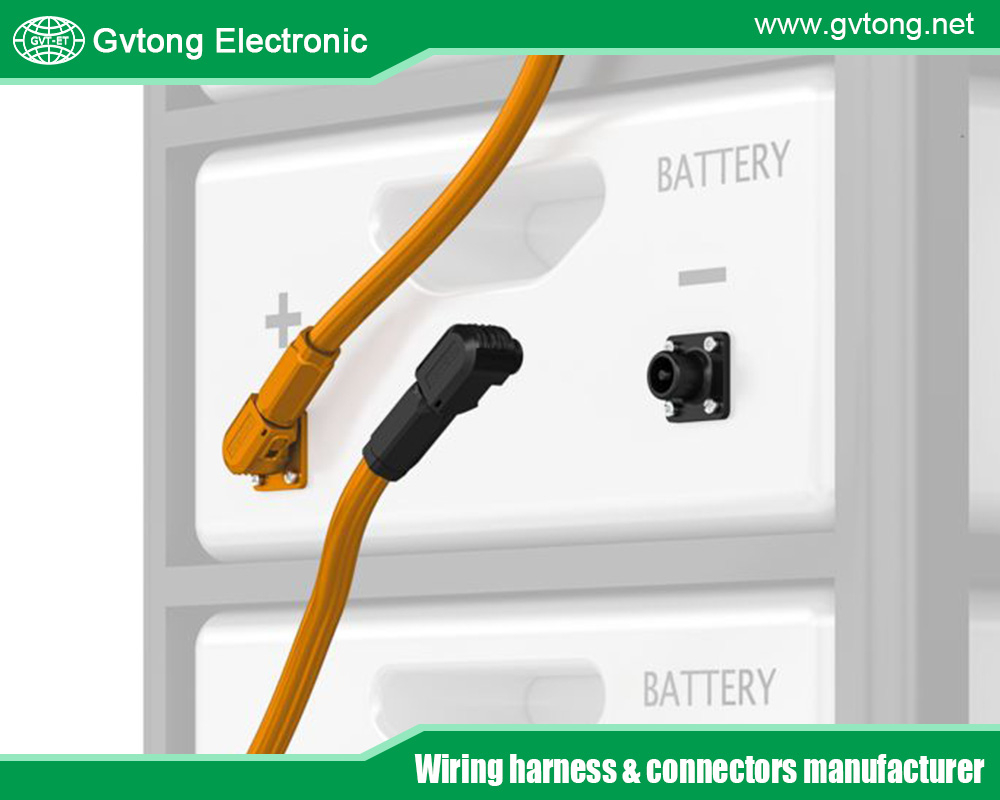
Application-Specific Needs: Tailoring to Vehicle Systems
Different automotive applications require tailored designs. For example, connectors in engine compartments may need to resist oil and high temperatures, while those in infotainment systems prioritize signal integrity and EMI shielding.
This comprehensive approach ensures automotive low voltage connectors maintain high durability and interference immunity, enhancing vehicle safety and functionality.
For more about How do automotive Low voltage connector improve connector durability and immunity to interference? you can pay a visit to Gvtong at https://www.gvtong.net/ for more info.
Recent Posts
The Best GR Series-Circular Connectors Manufacturer
The Best GD Series Combined Power Connector Manufacturer
A Guide to Selecting the Best GH Series Plastic Connector Manufacturer
How High Pressure Connectors Work?
The Best Automotive Connector Companies
Tags
Recommended Products
-
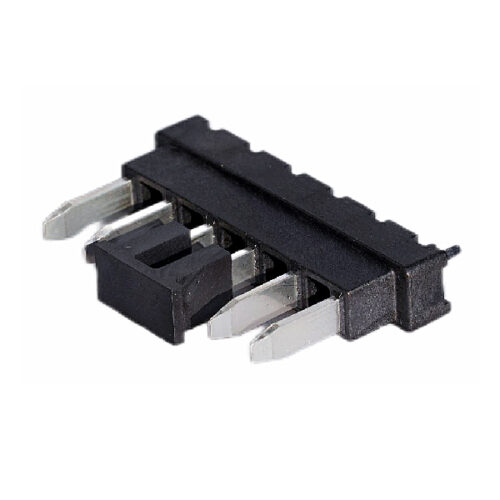
GE Series-WTB 6pin Connector Plug
-
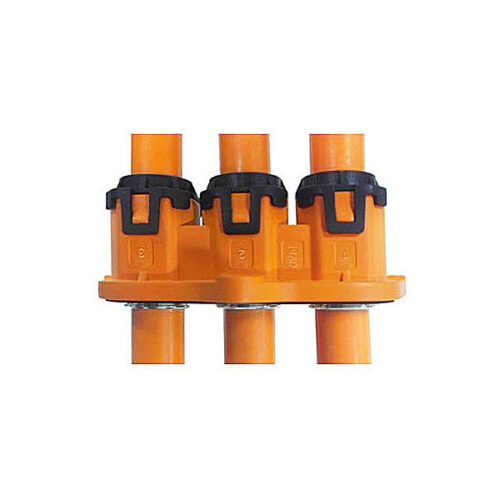
Automotive 3-Core Plastic Via Connector, 3-Pin Automotive DC Connectors, Automotive Plugs Cnd Connectors
-

GH Series-HV6-2-core Plastic High Voltage Connector
-
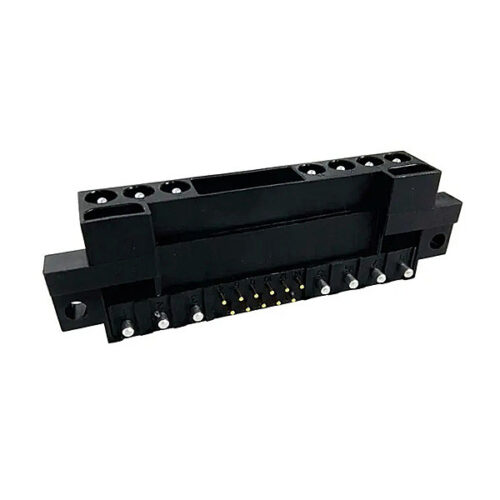
18-core power connector
-
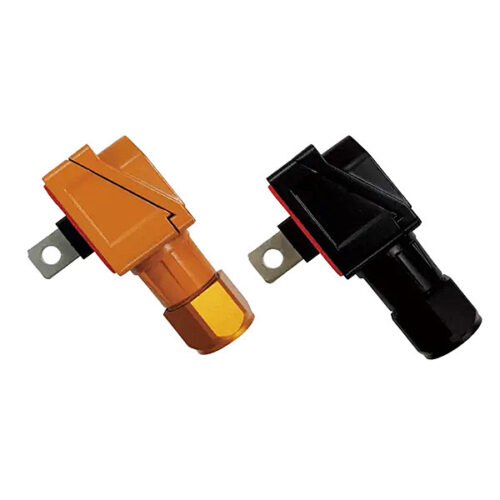
Positive and negative terminal box – oblique opening
-
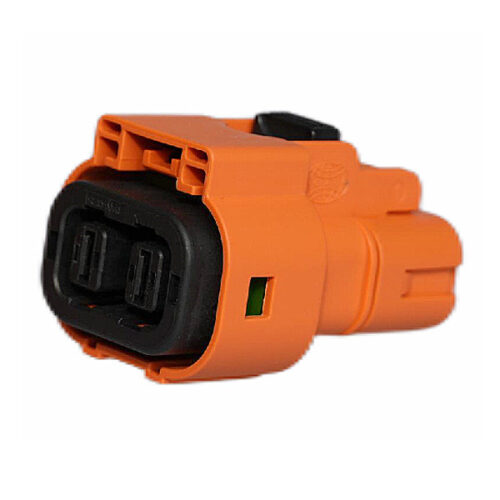
GH630 Series-2-core plastic high voltage connector
-
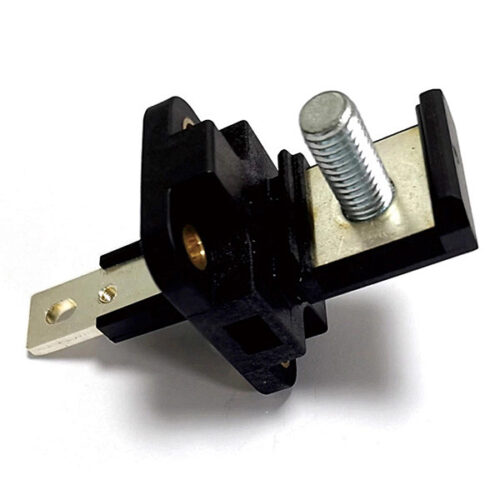
DCDC wall-through terminal
-
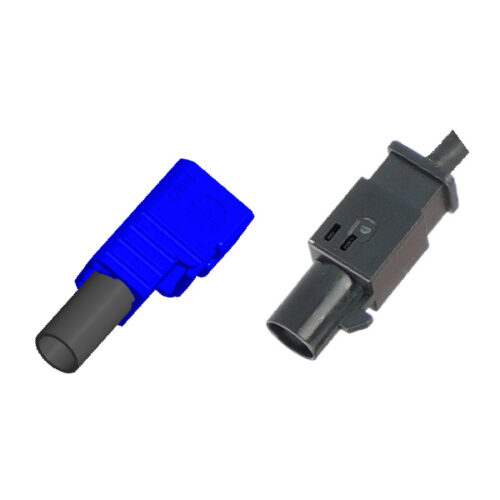
Automotive FAKRA Single Head Connector, Automotive Standard FAKRA Connectors
